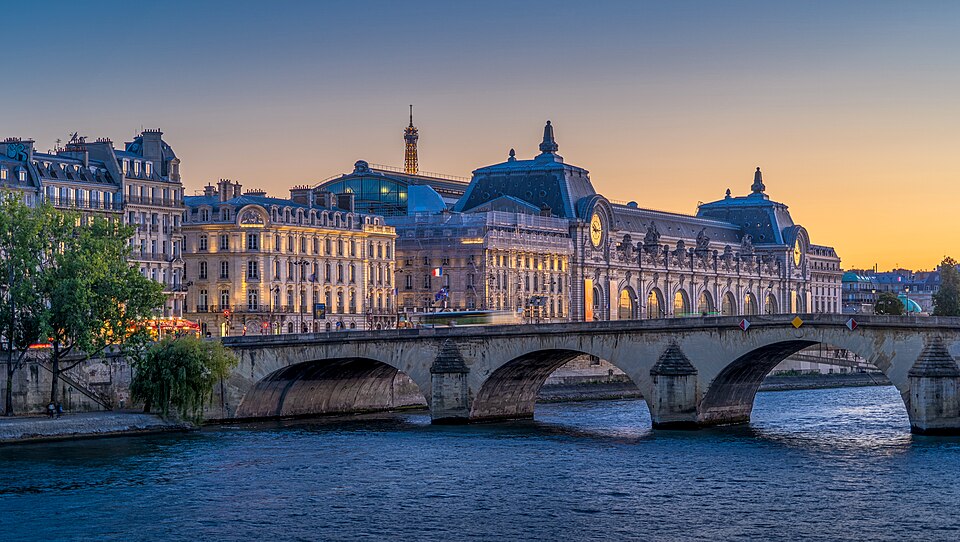Le Marais is one of Paris’s most architecturally rich neighborhoods, blending medieval streets, grand aristocratic mansions, and sleek contemporary design. This self-guided architecture tour helps you explore its most iconic sites at your own pace while soaking up its unique blend of history and style.
What you’ll learn today
- A walking itinerary covering Le Marais’s top architectural landmarks
- How to recognize the district’s main architectural styles
- Practical tips for exploring on your own (plus when to join a guided tour for more insight)

Start your architecture walk in Le Marais
Le Marais stretches across the 3rd and 4th arrondissements, a compact area ideal for a half-day or full day walk. You can begin your self-guided architecture tour near Hôtel de Ville (accessible via metro line 1) and end at Place des Vosges.
Suggested Route Overview
- Hôtel de Ville (City Hall)
- Hôtel de Sens
- Rue François Miron
- Musée Carnavalet
- Hôtel de Sully
- Place des Vosges
- Centre Pompidou (optional modern stop)
Each stop offers a glimpse of how Paris’s architecture evolved from the Middle Ages to the present.
1. Hôtel de Ville: Neo-Renaissance grandeur
The Paris City Hall is a perfect place to start your architectural journey. Rebuilt in the late 19th century after a fire, it showcases Neo-Renaissance design with ornate sculptures and symmetrical facades. The square in front is lively and open, making it easy to admire the building’s details from multiple angles.
Tip: Step back to take in the central clock tower, then zoom in on the sculpted allegories of art, science, and industry.
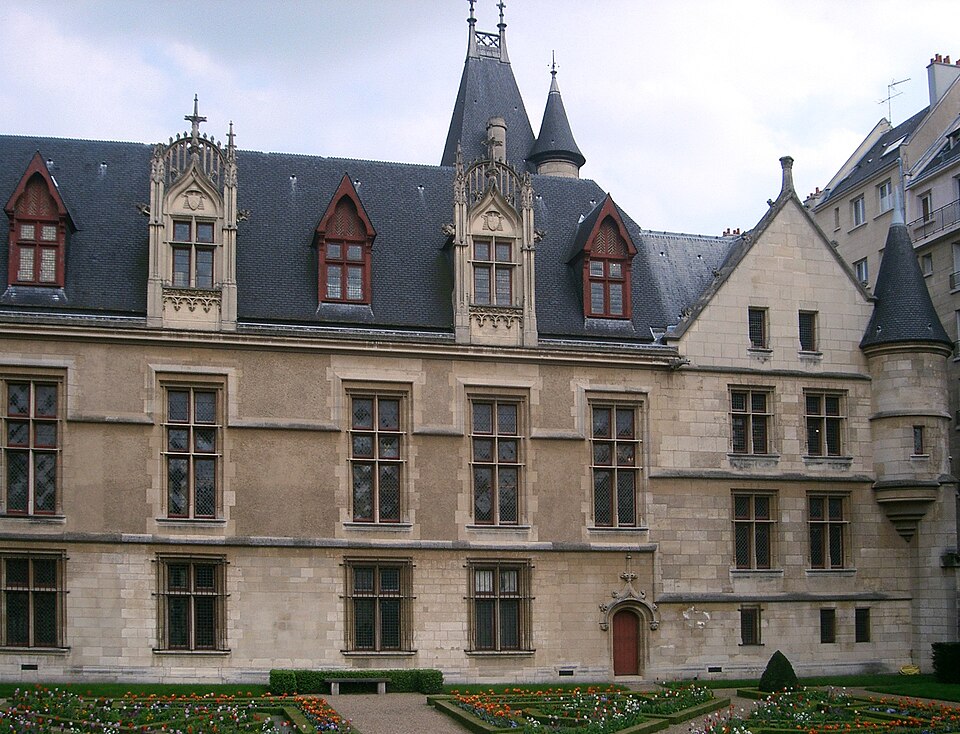
2. Hôtel de Sens: Medieval meets Gothic
Just a short walk south leads you to Hôtel de Sens, one of the few remaining medieval mansions in Paris. Built around 1500, it combines Gothic and early Renaissance elements with turrets and pointed arches. Its walled courtyard hints at how Paris looked before Haussmann’s redesign.
Today, it houses the Forney Art Library, and visitors can often enter the courtyard for free.
3. Rue François Miron: Traces of medieval Paris
This narrow street is home to some of the oldest surviving houses in Paris. Numbers 11 and 13, with their exposed timber frames, date from the 15th century and have been carefully restored. They contrast beautifully with later stone facades, showing the neighborhood’s layered history.
Look up to notice the steep roofs and irregular shapes typical of medieval urban architecture.
4. Musée Carnavalet: Classical refinement
The Musée Carnavalet occupies two elegant mansions, Hôtel Carnavalet and Hôtel Le Peletier de Saint-Fargeau. Both are fine examples of French Classical architecture, emphasizing order, balance, and symmetry. Inside, exhibits trace the history of Paris itself, including urban planning and architectural heritage.
Entry is free, making it an ideal midpoint break for your walk. Visit the museum’s official website for current opening hours: www.carnavalet.paris.fr.
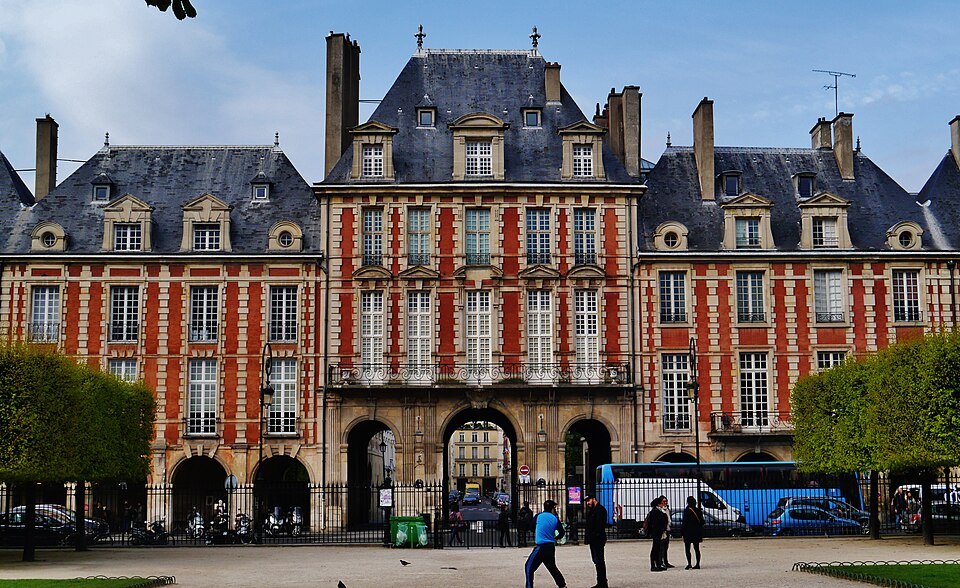
5. Hôtel de Sully and Place des Vosges: Royal perfection
Walk through Hôtel de Sully’s courtyard to reach Place des Vosges, one of Paris’s oldest and most beautiful squares. Completed in the early 1600s, it’s a perfect example of early French Baroque urban planning. The red brick arcades, steep blue roofs, and symmetrical layout make it a favorite spot for architecture and photography lovers.
Don’t miss: Number 6, Victor Hugo’s former residence, now a museum dedicated to the writer.
If you want deeper insight into this area, consider joining the Free Marais Tour, which includes Place des Vosges and its surrounding landmarks.
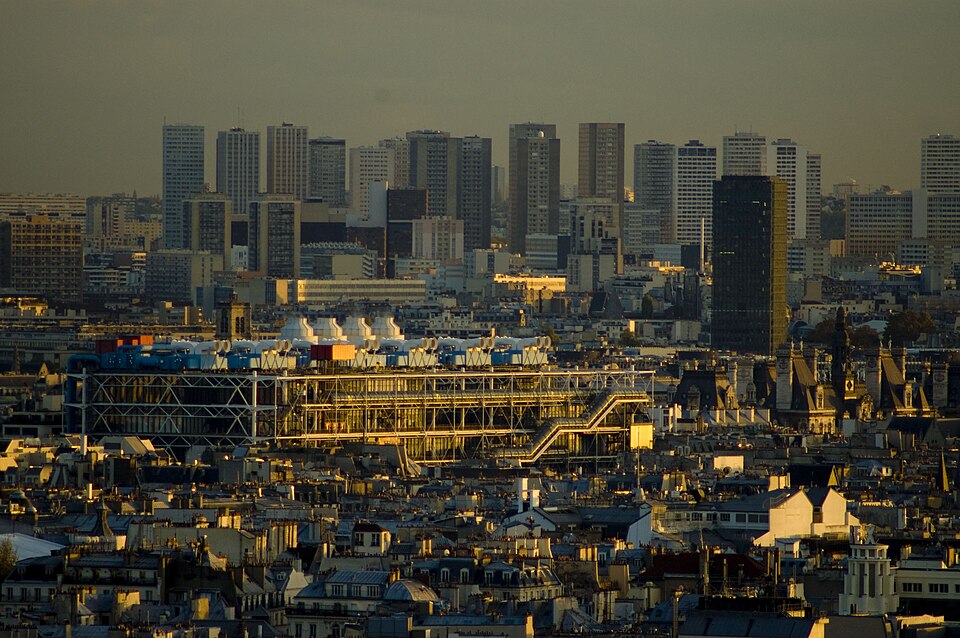
6. A modern contrast: Centre Pompidou
End your route at the Centre Pompidou, a bold example of High-Tech architecture from the 1970s. Its exposed pipes and color-coded exterior symbolize transparency and innovation. The panoramic view from the rooftop terrace offers a striking contrast to the centuries-old skyline of Le Marais.
Practical tips for your self-guided tour
- Duration: 2–3 hours at a relaxed pace.
- Best time to go: Morning or late afternoon for soft light and fewer crowds.
- Bring: Comfortable shoes, water, and a map (digital or paper).
- Add-on: Join a guided Paris Starts Here Tour if you want to continue exploring architectural highlights from Notre-Dame to the Louvre.
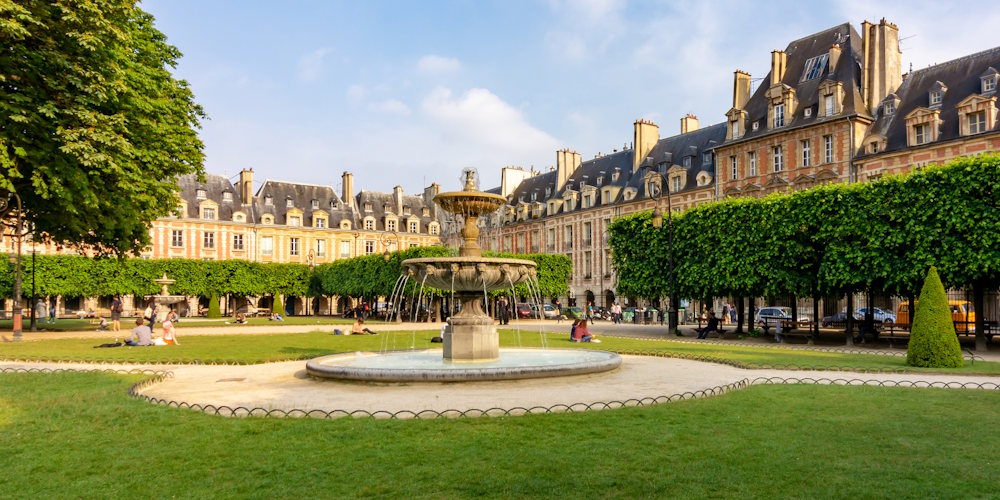
Learn more about Le Marais architecture
Le Marais has seen every phase of Paris’s architectural story: medieval lanes, Renaissance mansions, revolutionary restorations, and contemporary reinvention. To understand the full context, you can also explore the Paris destination guide for neighborhood overviews and additional tours.
FAQ: Self-Guided Architecture Tour of Le Marais
How long does the self-guided architecture tour of Le Marais take?
Most visitors spend about 2–3 hours walking the route, though you can easily extend it with museum visits or café stops.
Can I visit all the sites for free?
Yes, most architectural landmarks in Le Marais can be viewed from the street. Museums like Carnavalet and Maison de Victor Hugo also offer free entry.
Is Le Marais safe to explore alone?
Absolutely. Le Marais is one of the safest and most walkable neighborhoods in Paris, especially during the day and early evening.


